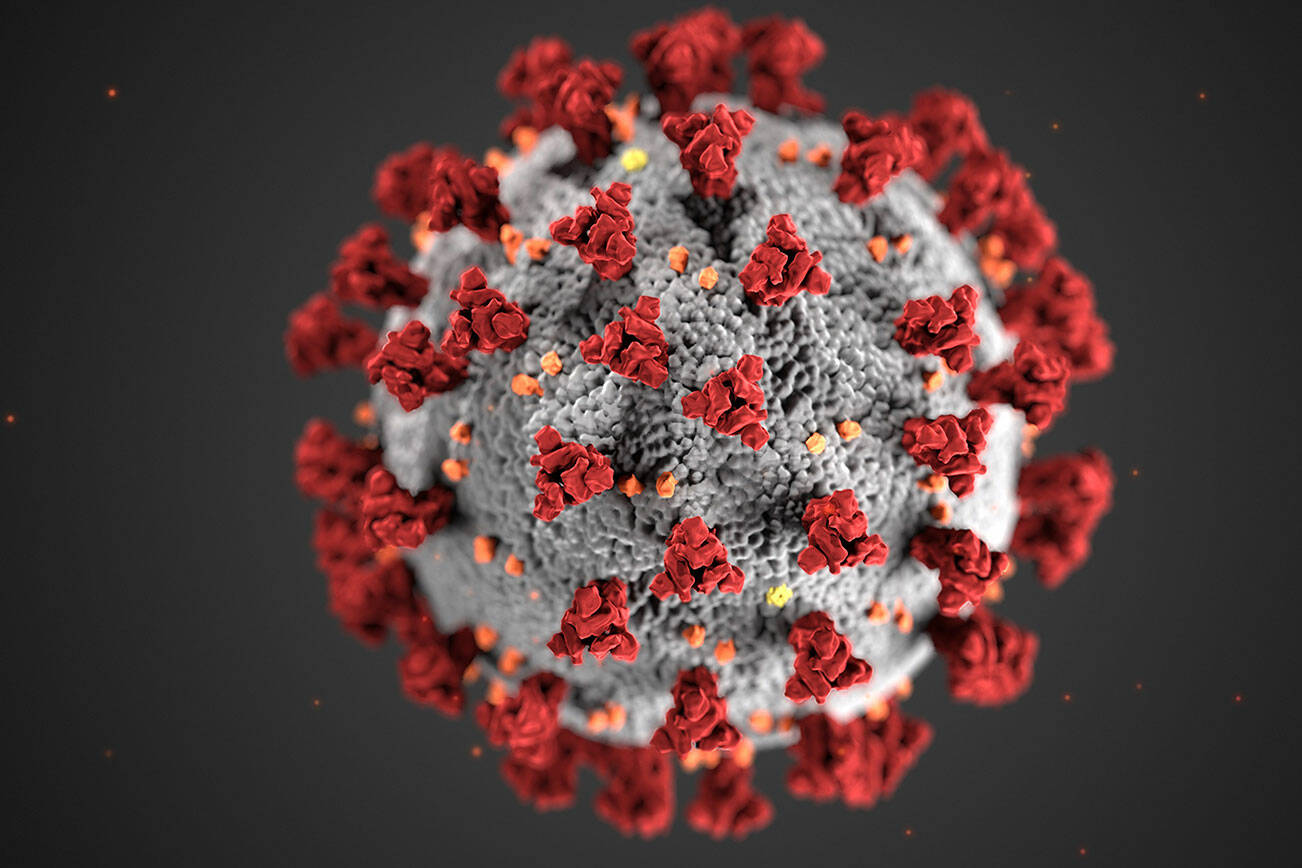COVID-19 hospitalizations and cases are still plateauing pretty low in Alaska, health officials said during a public science session Wednesday.
Chief Medical Officer Dr. Anne Zink said there’s been a little fluctuation in recent weeks, but there haven’t been any steep upticks.
“(There’s) just a real variety across the state,” she said. “Overall we’ve had kind of a steady state, last week a bit of an increase and now we have a little bit of a decrease.”
Zink noted that COVID-related hospitalizations are still low throughout Alaska. Officials continue to look at hospitalization and death metrics to determine how much COVID is still circulating, since the availability of at-home testing can skew case count data.
The state Department of Health and Social Services reported a total of 26 COVID-related hospitalizations statewide Wednesday, with two of those patients on ventilators. That’s the same number of COVID hospitalizations as April 6.
“Only about 2% of people in the hospital right now are because of COVID-19,” Zink said Wednesday.
Over the weekend, she said, Alaska Regional Hospital hit a turning point. The facility reported no COVID patients for the first time since April 2, 2020.
“While it is still here, and we’re going to continue to see hospitalizations, this was a big milestone,” Zink said. “It was great to see overall.”
Officials also reiterated Wednesday that while COVID may be settling a little in Alaska, other states and countries vary.
The BA.2 subvariant, a highly transmissible omicron strain, is causing an increase of COVID cases in some Northeast states, Zink said.
“Alaska has continued to come down, but kind of (stayed) at this medium steady state,” she said. “Overall (it) kind of pops back and forth.”
The state reported 1,290 new COVID cases from April 5 to April 12.
A lot of the fallout people are experiencing now with the pandemic, as less people in Alaska are coming down with COVID and being hospitalized because of the virus, is grief.
According to New York Times data Wednesday, there have been approximately 985,000 COVID deaths since the pandemic began. Another seven deaths were reported in Alaska by the state Wednesday.
Zink said a report she read recently estimated the number of people who were affected personally by fatal COVID cases.
“We’ve almost hit a million deaths in this country, (and) each person that’s lost has probably directly affected at least nine other people,” she said. “That’s nine million people grieving.”
Zink reiterated that stopping to reflect on the lives taken by COVID is an important step in the process, as the country and nation pass the two-year mark of pandemic response.
COVID vaccines
Officials recommend all eligible Alaskans be up to date on their COVID vaccines to minimize the impact on communities.
As of Wednesday, 64.6% of Alaskans 5 and older were considered fully vaccinated against the virus. In the Kenai Peninsula Borough, that average was at 50.1%.
Booster shots are recommended, whether or not a person has already contracted the virus and despite elapsed time since the completion of the primary series.
The Pfizer-BioNTech vaccine is approved for everyone 5 years and older, while the Moderna and Johnson & Johnson/Janssen vaccines are approved for anyone 18 and older.
The Food and Drug Administration and Centers for Disease Control and Prevention are recommending Pfizer boosters for anyone 12 and older at least five months after the primary series. Additionally, Moderna boosters are recommended for anyone 18 and older at least six months after a primary series.
Janssen boosters are approved for anyone 18 and older at least two months after initial vaccination, although DHSS officials say the Janssen shot isn’t the preferred vaccine because of risks of blood clotting and less robust protection against COVID. The state recommends people with a primary Janssen vaccine to get either a Pfizer or Moderna booster.
The CDC also updated its COVID booster information last month, and authorized additional doses for certain groups.
For those 50 years and older who are up to date with their primary series and first booster, another dose of either Pfizer or Moderna is authorized four months after the initial booster dose. In this category, a person with three vaccines of any combination of Pfizer or Moderna is now eligible for a fourth dose, and those with a single Janssen shot and booster can now receive a third dose of either Pfizer or Moderna.
In addition, certain immunocompromised individuals can also receive another Pfizer or Moderna shot four months after their last booster. This would include three shots for a primary series and two additional booster doses.
A map of vaccine providers can be found on DHSS’ COVID-19 vaccine website at covidvax.alaska.gov.
Reach reporter Camille Botello at camille.botello@peninsulaclarion.com.

